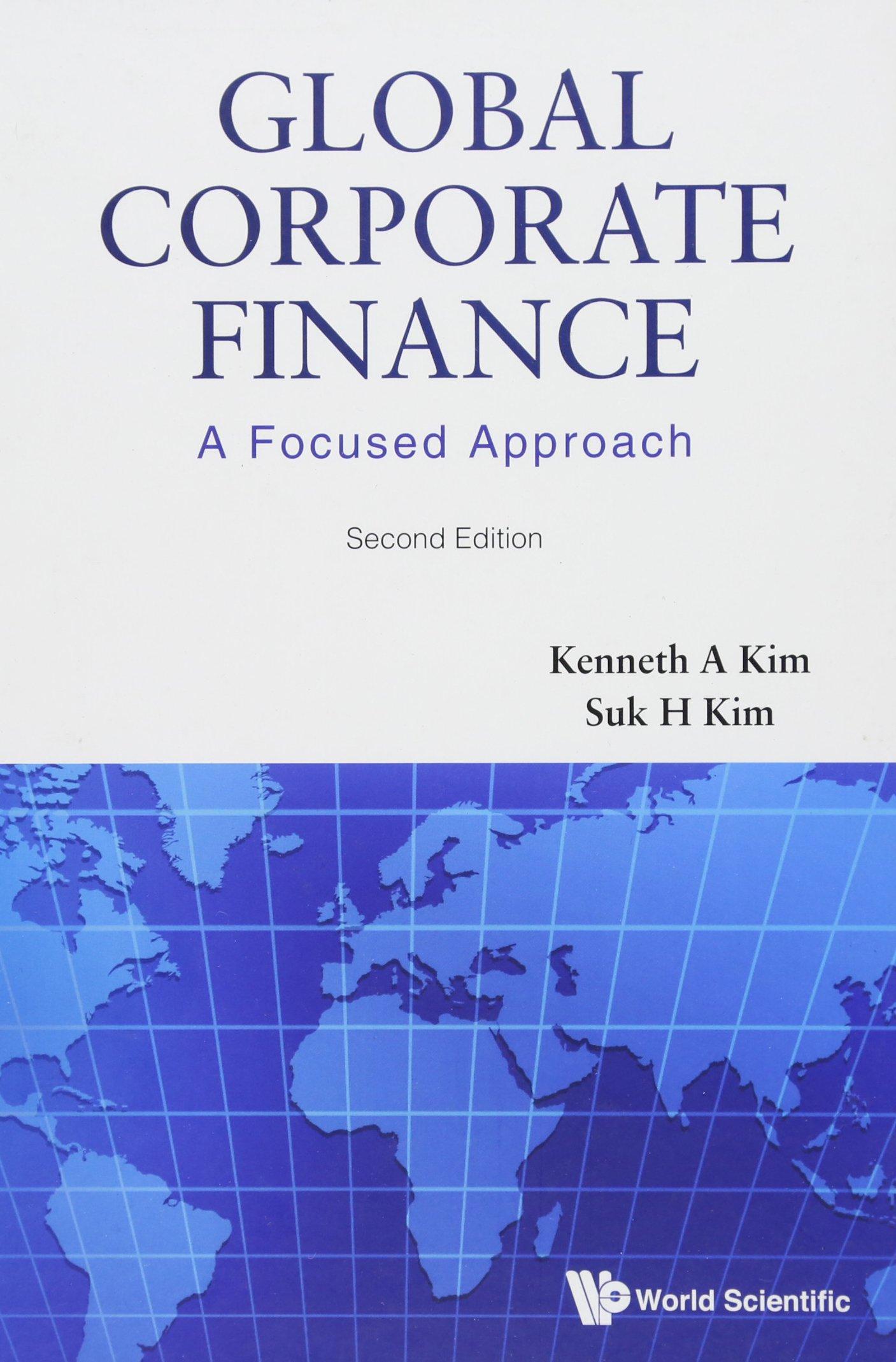Question
Bistari Bakeries Bhd (BB) is the main producer of a variety of baked products in Malaysia. For the past five years the demands for its
Bistari Bakeries Bhd (BB) is the main producer of a variety of baked products in Malaysia. For the past five years the demands for its products have increased tremendously. Currently it is the market leader with 70% market share. BB has maintained a good risk management strategy in its effort to continually dominate the baking industry. The management is very concerned about the fluctuation of the price of the wheat as it is the risk that would affect both BBs net income and financial position. Therefore, the management adopted a risk management policy, which is to hedge the commodity price risk arising from its highly probable forecast purchase of wheat up to 18 months in advance.
On 1 May 2019, BB entered into a net-settled wheat forward contract with a commodity broker to purchase 5,000 tonnes of wheat with a maturity of 30 September 2020. This was the hedging for the purchase of 5,000 tonnes of wheat made on 30 September 2020. BB was able to demonstrate that it met all the requirements to apply hedge accounting. This hedge was classified as cash flow hedge.
Wheat forward prices for a contract maturing 30 September 2020 at various dates during the hedge were as follows:
|
| 1 May 2019 |
| 30 June 2019 |
| 31 Dec 2019 |
| 30 June 2020 |
| 30 Sept 2020 |
| Wheat forward price/tonne | RM1,000 |
| RM930 |
| RM900 |
| RM1,150 |
| RM1,210 |
On 30 September 2020, BB purchased 5,000 tonnes of wheat at spot price of RM1,210 per tonne. The purchase was settled immediately. Annual interest rate is 12%. BB prepares financial statements on 30 June and 31 December.
REQUIRED:
(a) Prepare the journal entries to record the transactions over the hedging period from 2019 to 2020. Show all workings.
(20 Marks)
(b) Hedge effectiveness is one of the qualifying criteria for hedge accounting as prescribed by MFRS 9 Financial Instruments. Describe the assessment of hedge effectiveness that BB must perform to fulfil hedge effectiveness requirements.
(10 Marks)
(c) Companies often use forward contracts to hedge committed transactions and use options to hedge contracts that are anticipated but not committed. Explain why forward contracts are advantageous for committed transactions, and options are advantageous for anticipated transactions.
(10 Marks)
Step by Step Solution
There are 3 Steps involved in it
Step: 1

Get Instant Access to Expert-Tailored Solutions
See step-by-step solutions with expert insights and AI powered tools for academic success
Step: 2

Step: 3

Ace Your Homework with AI
Get the answers you need in no time with our AI-driven, step-by-step assistance
Get Started


